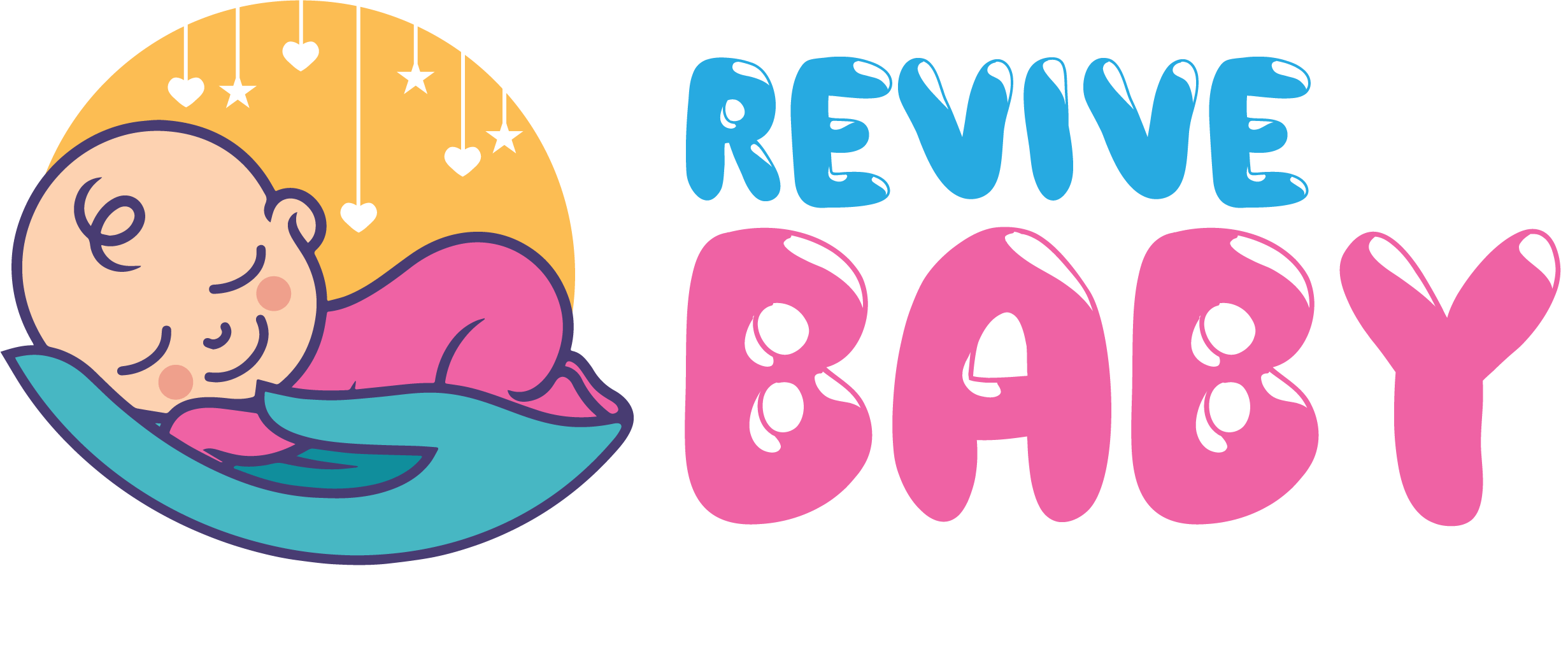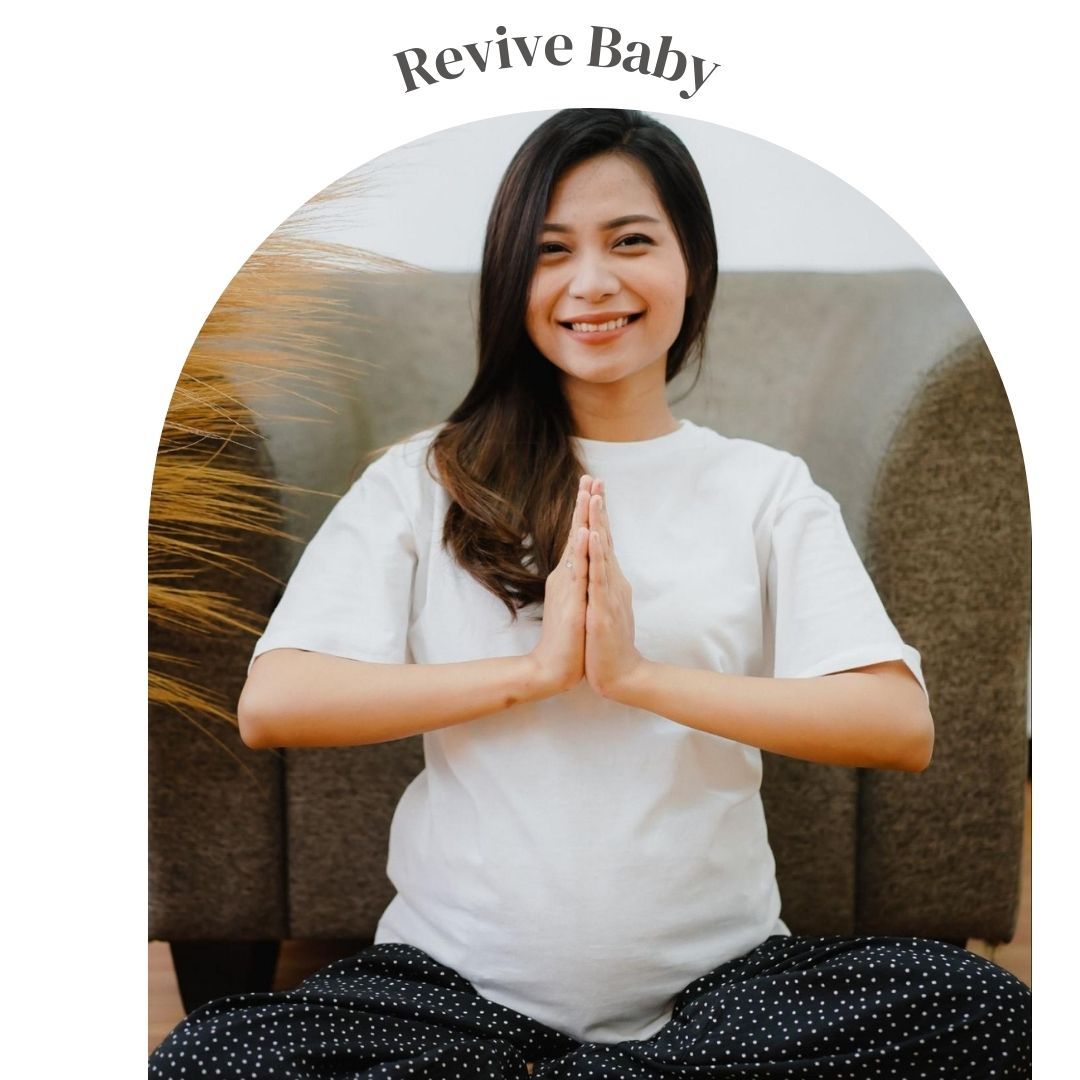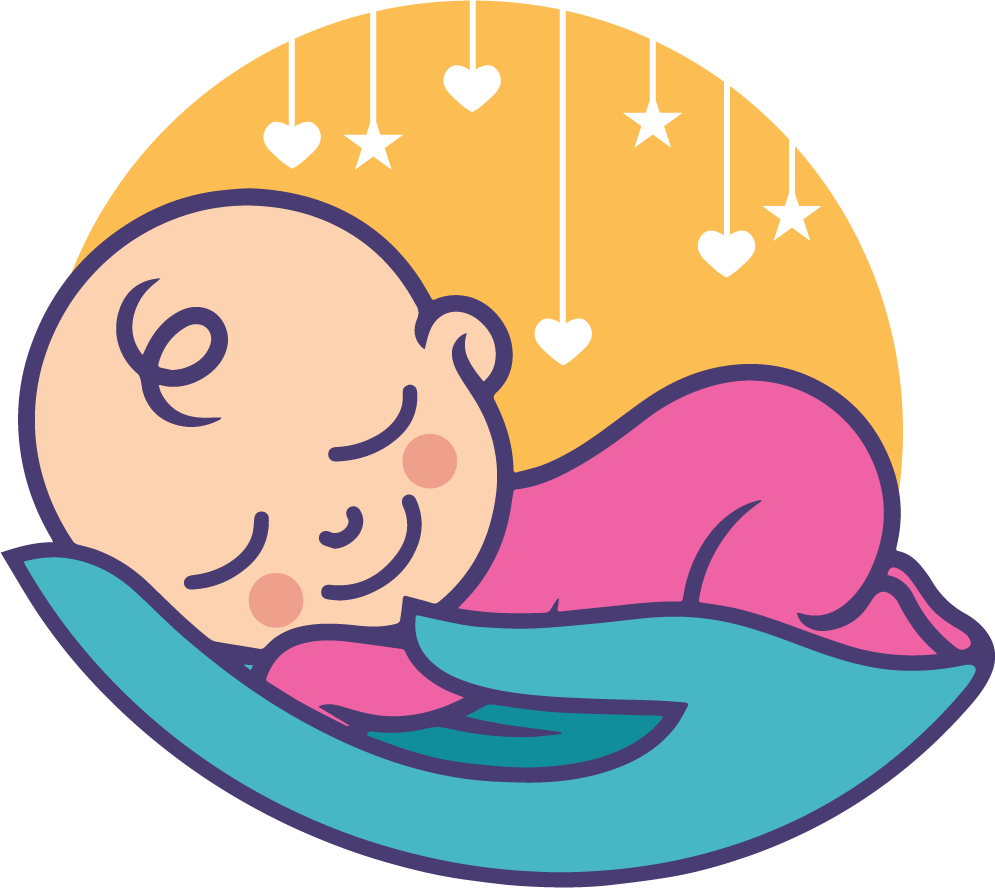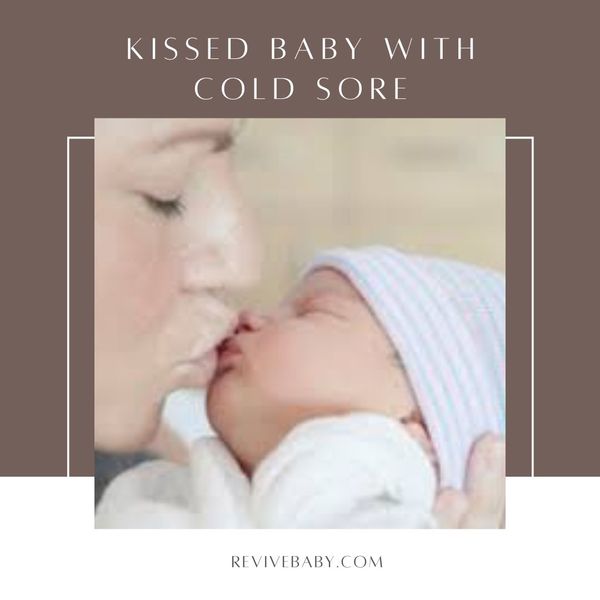Some of these issues can last long after giving birth, especially if you had a cesarean section, and it may be especially difficult to bend.
After a C-section, it is common to experience pain, discomfort, and even bleeding. You should rest for a while because you recently had major abdominal surgery. It also implies that you should be more aware of your physical limitations as they heal.
If you've recently had a C-section and are wondering when you'll be able to bend again, you should be aware that the wait could be lengthy. Let's find out a bit more about this!
What Happens During A C-Section?
To reach the uterus during a c-section, a horizontal incision is made in the lower belly through the skin, fatty layer, and fascia. Then, the infant is delivered by pulling on the head. It's a routine process that often takes less than an hour!

The doctor will sew the outside layers of your incision after giving birth, but the fascia underneath your skin will heal. As this fascia repairs itself, scar tissue may form; this scar tissue may fade with time but may never completely vanish.
An expert in pelvic health physiotherapy may help you recover faster from your incision scar by suggesting massage and stretches.
Why Is Bending Over After A C-Section So Critical?
Bending over is difficult after a C-section. Why? To perform a cesarean section, the surgical procedure by which a baby is delivered, an abdominal incision (also known as a laparotomy), and a uterine incision are required.
According to a PubMed analysis, C-sections are the most common type of surgery in the United States, but they are also associated with a higher risk of postoperative complications. In addition, another study found that flexibility is a significant issue for C-section mothers.
How To Stay Comfortable After Your C-Section?
- You must prepare your healing area. Ensure you have everything you'll need for long periods of cuddling and feeding so you don't have to get up too often. Consider getting ready for diapers, food, drink, nursing cushion, and electronics.
- Get some help so you can relax. Ask your spouse or friends and family to assist you by bringing hot meals, doing the dishes and laundry, and taking turns with the baby so you can rest. Nutritional support, hydration, and rest are all necessary for recovery. Get your sleep in whenever possible.
- Take your time. Grab a few pillows if you're breastfeeding or want to be comfortable while nursing. When coughing or heavy breathing, place a cushion over the incision. A pregnant or postpartum support band may also provide some compression to help with pain management.
- Act in a non-harmful manner. You should be able to stand without any discomfort after a few days. However, you can't drive, lift, or make sharp turns. Reaction time, core engagement, and strain jeopardize the healing process's integrity and should be avoided. You must wait your turn. Walking may help alleviate edema by increasing blood flow. Chores around the house provide valuable experience.
- Keep an eye out for any signs of infection. A cesarean section's most common side effect is an incision site infection.
- If you develop a fever or your incision becomes red or swollen or discharges pus, please contact your doctor. Bleeding that soaks through more than one pad every hour, and blood clots the size of an egg also causes concern.
Also, see the common reasons why is my belly soft during pregnancy.

When Can You Bend And Lift After A C-Section?
You should avoid doing anything for the first few days after giving birth. Then, after you've spent some time in the hospital resting, you can use the tips above to reduce pain and speed up your recovery.
Enlisting the help of your spouse, friends, family, and older children can help you reduce the amount of physical effort required.
You should take pain medication before moving around to help with digestion and circulation, which are both important for your health and recovery. However, don't criticize yourself for requiring pain relief; it will help you recover and be a better parent in the short term.
Give yourself more time to complete routine tasks.
Here are some pointers to help you get by independently because activities like lifting, stretching, and bending can harm your incision.
- You should use a grabber or an older child to help you pick up dropped objects.
- Instead of bending over, have members use chairs or stools to reach them daily.
- Bring everything you'll need to your bed, couch, or other designated nursing spot all at once.
- To avoid straining your back, hips, or knees when getting in and out of a chair or couch, try pushing forward with your arms instead of sitting down and pulling yourself up, and use cushions to elevate your hips and back.
- Roll onto your side first, then push yourself to a sitting position to avoid compressing your abs as you get out of bed.
If you feel any pain or strain while bending, stretching, or lifting your baby, wait until your incision has healed, usually between 4 and 6 weeks after birth.
This DOES NOT imply that you can begin doing push-ups and training for a 5K race within 4-6 weeks of having a cesarean section.
Make an appointment with a Pelvic Health Physiotherapist, who will be able to assess how well your deep core muscles recovered during pregnancy and provide you with exercises and stretches to help with the healing of your cesarean scar and reduce the likelihood of pelvic floor issues.

When Can I Start Walking After C-Section?
Your doctor will advise you to start walking the day after your C-section. Walking may be painful at first. But things will improve gradually.
Regular walking can help you avoid blood clots and other postpartum complications. It can also help with bloating and restoring regular bowel function.
Having a spouse or parent nearby to help out, in the beginning, is a huge help. Some mothers may become dizzy as a result of the euphoria. A companion provides emotional and physical stability during this time.
Conclusion
Because of the invasive nature of the procedure, post-C-section care is critical. Problems are more likely to arise in the absence of, for example, you shouldn't expect to be able to bend over right away after having a C-section.
It's especially difficult if you have a baby who will be climbing in and out of their bed frequently.
Following a C-section, it is advised to rest and avoid bending or lifting for some time. This can help your scar heal quickly, allowing you to resume your normal routine as soon as possible.
See the list of our top recommended best safest convertible car seats in 2023.










